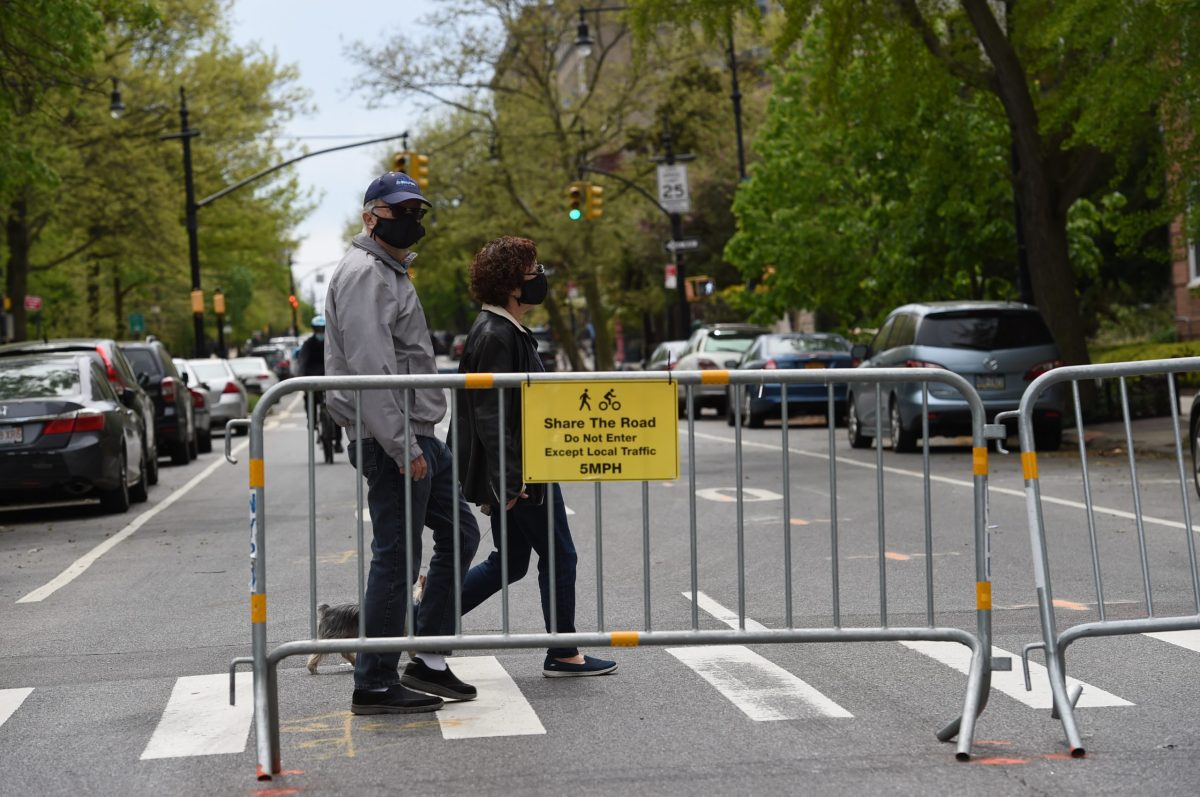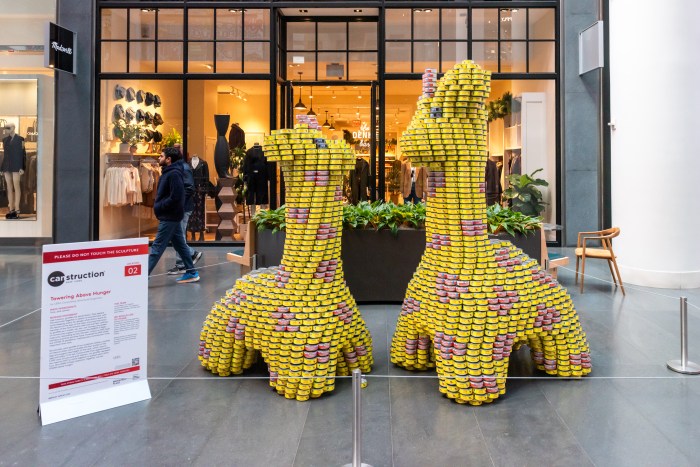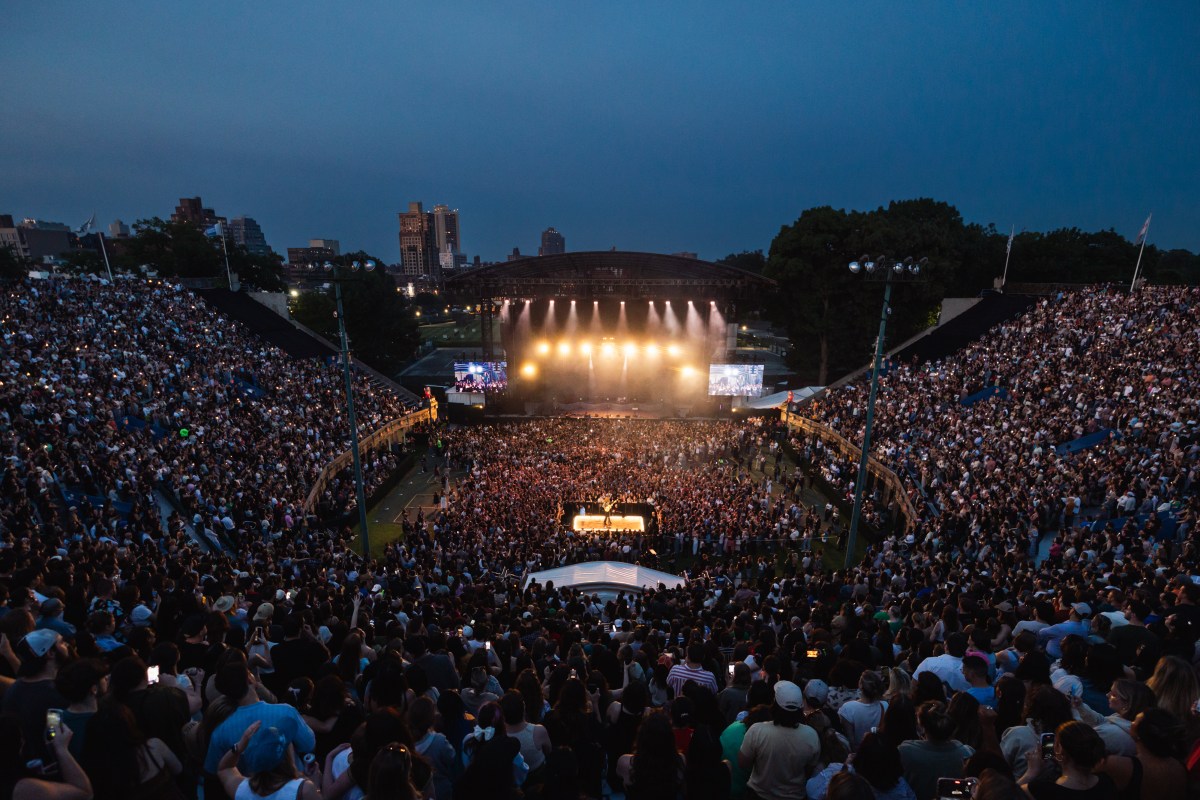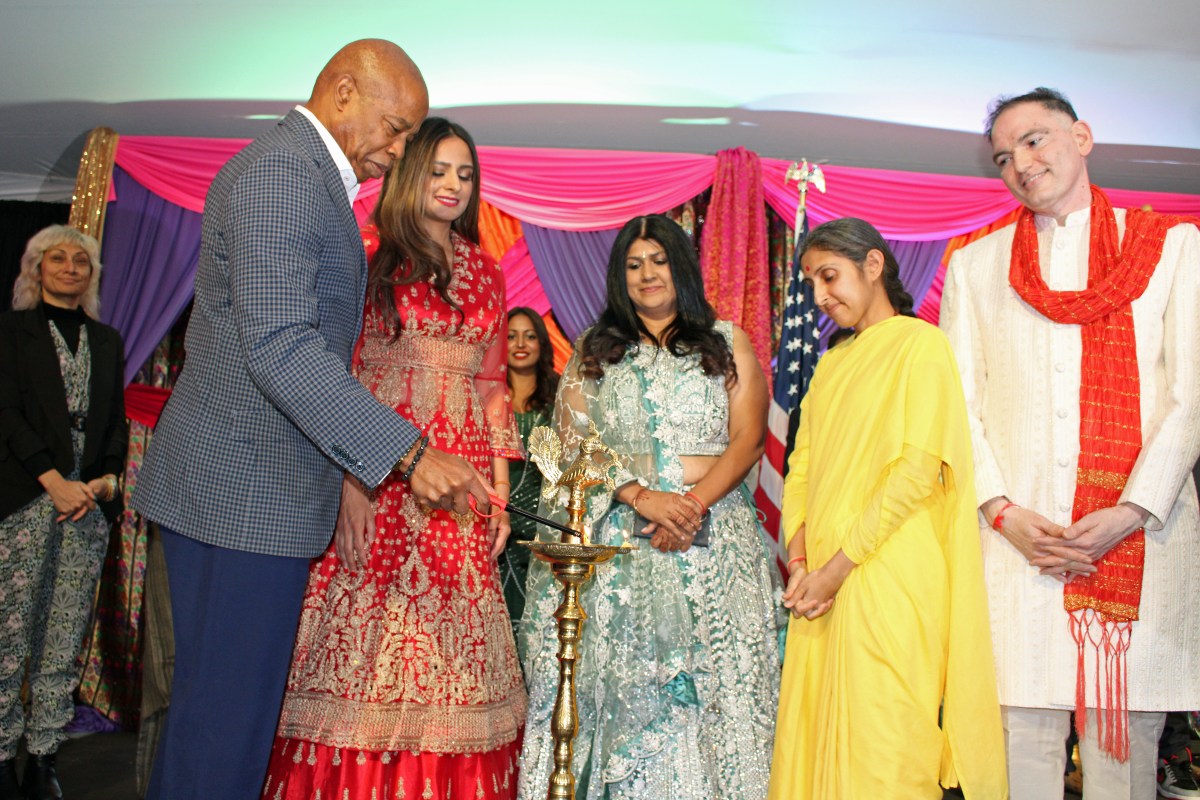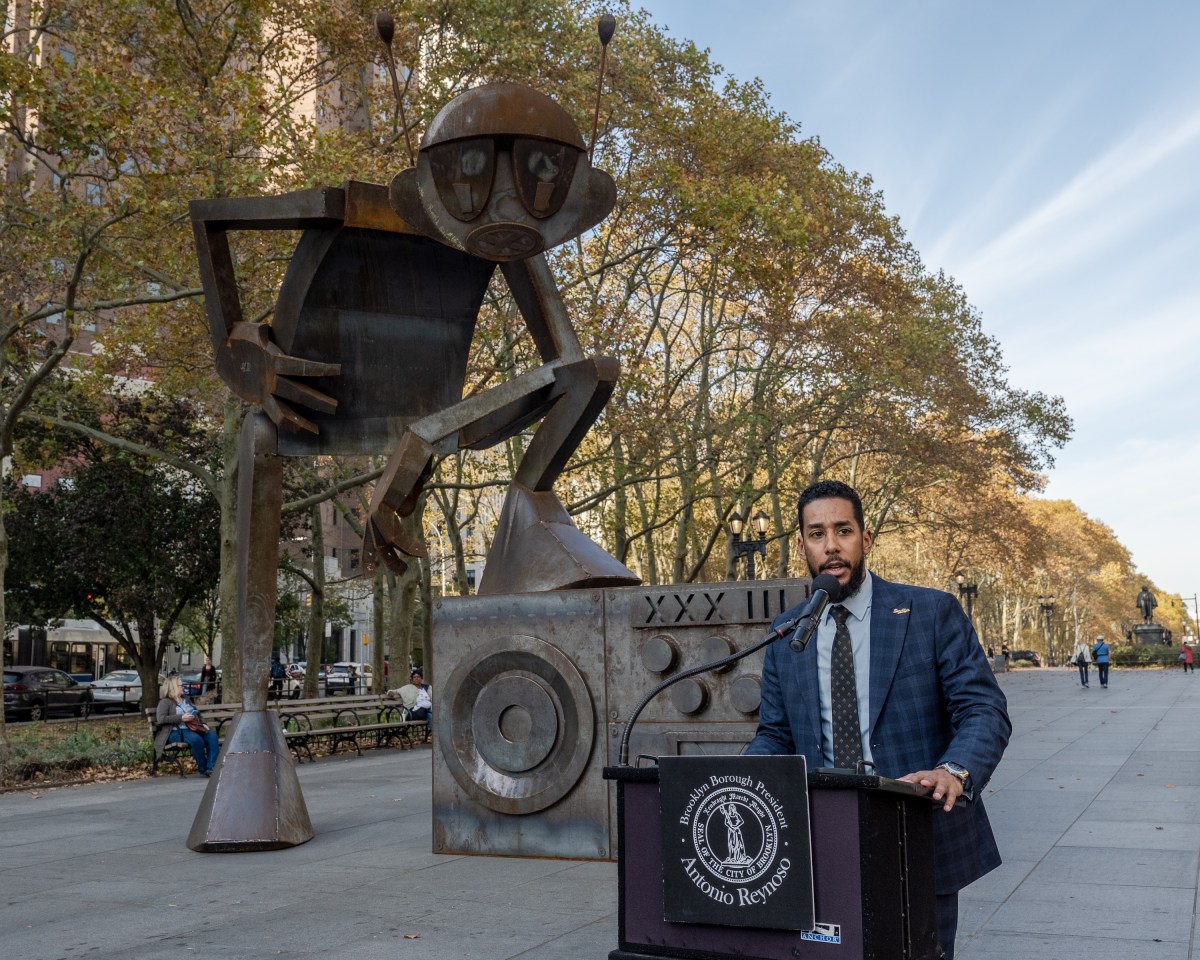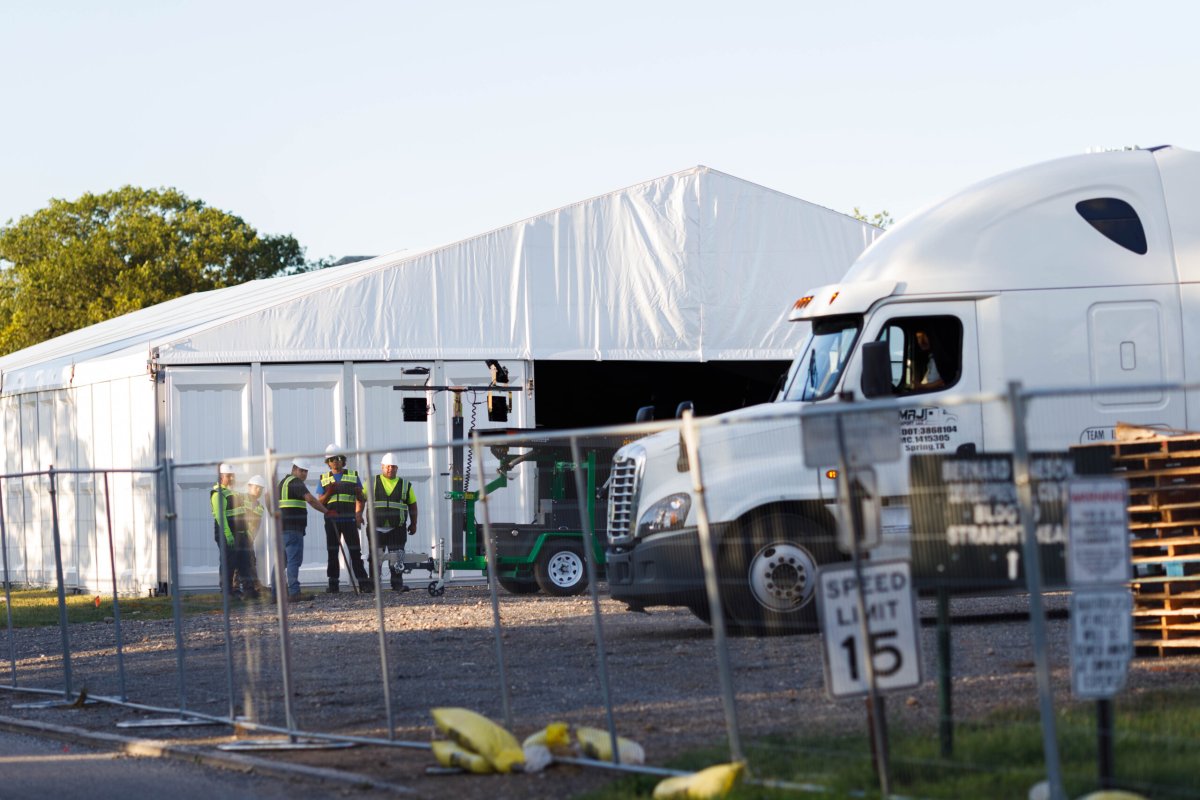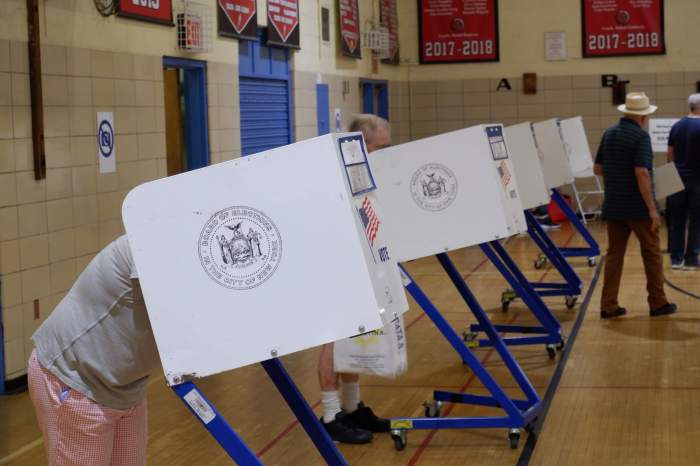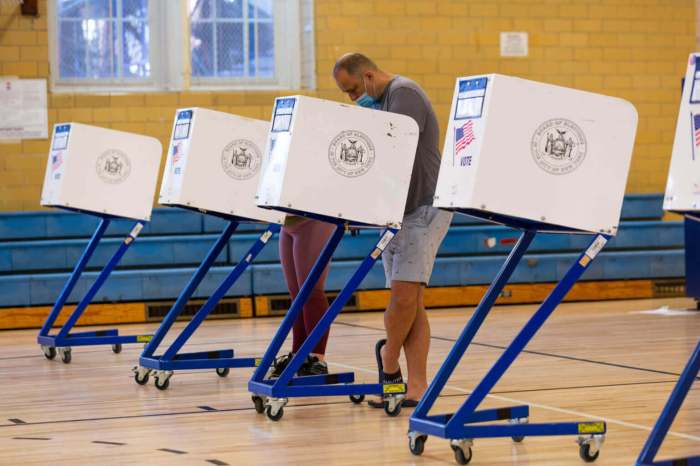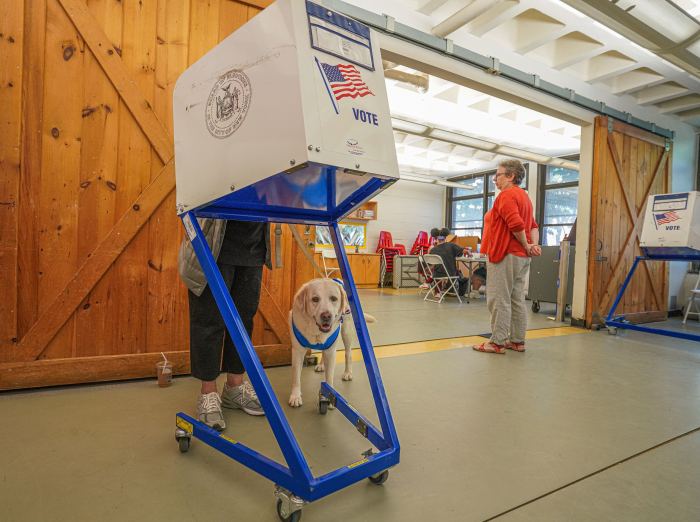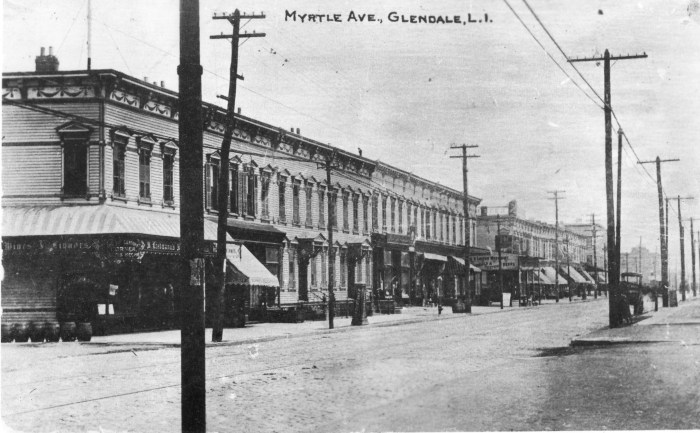BY DANNY HARRIS AND BETSY PLUM
Four months ago, traffic engineers in major cities around the world were asking themselves the same questions: How does a crowded city, reliant on underground trains, function in an airborne pandemic? What would happen if everyone started to drive instead?
Predicting carmageddon, forward leaning cities got out ahead of the problem. From London to Los Angeles, mayors discouraged driving by offering ambitious new alternatives. In Milan, it was Strade AperteI. In Paris, Corona Cycleways. But across the globe, the idea was the same: close a network of streets to cars and open them to people, bikes and transit. City residents responded with enthusiasm and these safe, connected car-free routes filled with people. Bicycle sales boomed, and would-be rail riders shifted to the bus instead.
In New York, under growing public pressure, Mayor de Blasio followed suit — sort of. To date, he has put traffic restrictions in place on about 67 miles (of a promised 100 miles) of city streets to create space for recreation, “pop-up” bike lanes, and outdoor dining. When the program launched, bike and bus advocates were hopeful that the program would give New Yorkers safe, above ground transit options during the pandemic. It didn’t take long for those hopes to be dashed. On paper, the program appears ambitious. But on closer inspection, New York City’s Open Streets are more like “roads to nowhere.”
An analysis of the city’s Open Streets — the existing ones, the promised ones, and the ones quietly dismantled — found that unlike global peers, New York’s Open Streets program created not a network for safe, car- (and subway-) free travel, but a disconnected series of public space islands with management challenges. The current approach fails to address the complicated future of urban transportation. Pocket parks and spaces for al fresco dining are nice, but they cannot prevent gridlock or kickstart our economy in a meaningful way. These improvements — and to be sure, many Open Streets installations are infinitely better than what they replaced — should be finishing touches on top of a connected system to keep New York moving — not the lone small answer to an enormous problem.
Consider what awaits us. New York City’s congestion pricing program is on hold. Subway ridership is down significantly while car traffic is nearly back to pre-pandemic levels, with more to come as the city reopens. We can’t begin to fight back against this mounting congestion with the tools we’ve been given. Half of the city’s Open Streets are just 0.16 miles or less in length, and more than a quarter of them are located within or adjacent to a park. Worse, Open Streets had been concentrated in wealthier, whiter neighborhoods until a wave of Black Lives Matter protests got the City to bring Open Streets to lower income communities of color.
Plans for “pop-up” bike lanes remain shockingly inequitable: 54 percent of “pop-up” bike lanes are planned for Manhattan, which already had half of New York City’s total protected bike lane mileage. Staten Island and the Bronx will receive 0 miles each.
Despite these shortcomings, by all accounts Open Streets appear well-attended and appreciated by the grateful New Yorkers who can access them. Their attendance alone makes a strong case for their potential, but there are other indicators, too. Yes, private car traffic is up while total transit ridership has fallen, but bus ridership surpassed the subway for the first time in 50 years, and bicycling is also booming. Even Citi Bike use is only down 6 percent from this time last year, despite the city remaining largely closed. Buses and bikes can help preclude the “carmageddon” that transportation planners predicted, but only if New York City broadens its goals for Open Streets.
Our streets have always been conduits for our health, our mobility, and our economic resilience. If New York City can reimagine these spaces as connected car-free networks for moving people by bus and by bike, reopening restaurants, retail, cultural institutions and schools, and redistributing space in a crowded city in a way that is equitable, then we can reclaim our future.
Danny Harris is executive director of Transportation Alternatives and Betsy Plum is executive director of Riders Alliance.



